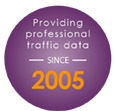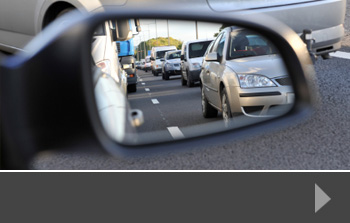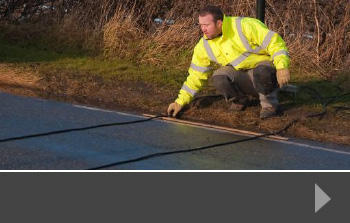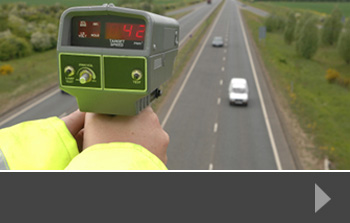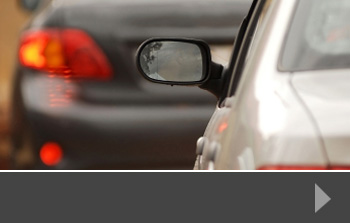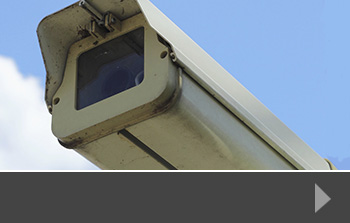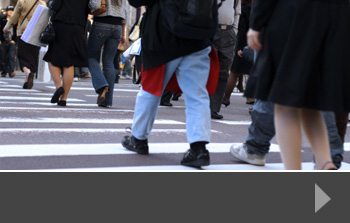What effect will COVID-19 have on traffic flows?
There has been a lot of comment during the past seven weeks of lockdown about how we should use this time to consider our road networks. Lockdown has meant a drastic reduction in the number of vehicles on the roads, leaving them open and safer for walking and cycling – activities that have been encouraged by government as part of the daily exercise routine.
And whilst it has been rewarding to see that noise levels have reduced, air pollution is lower than it’s been for some considerable time, and people feel safer to venture out and about on the roads, it’s not necessarily going to last.
Take the Government’s recent advice: go back to work if you can’t work from home, but avoid public transport.
Get back in the car
All our efforts in traffic surveys, traffic planning and road development in recent years have been around reducing the number of cars on the road. Schemes that favour bus, train and tram use – as well as cycling and walking – have been a significant part of the planning requirements for developments of all types across the UK. Some of these developments have been completed; some are under construction. But now, public transport use is being actively discouraged because it has the potential to put too many people together, risking increasing the R number as more people return to work.
So what does this mean? Roads will still be able to cope, of course. Not everyone is returning to work straight away, so roads remain quieter than usual; journey times are still quicker, and parking doesn’t present a problem. But as social distancing is likely to be one of the last barriers to be removed, it’s likely that we will be actively encouraged to use our cars more often, and avoid public transport rather than take it.
Car sharing won’t be an option, unless you’re driving with members of your household, so there will be a gradual increase in traffic on the roads and a gradual increase in the pressure on infrastructure – particularly parking.
The battle for parking
This is certainly the case in cities, where parking is both limited and expensive. Those people who would normally commute by train, tube, bus or tram are likely to be looking for different ways to travel – and not everyone will be able to walk or cycle the distance between home and work. So perhaps it is time to take a fresh look at congestion points and at parking provision to ensure that we can help people return to work safely and easily over the coming months.
At RDS, we can support your plans with traffic surveys, parking surveys and a range of data collection options that help you to make informed decisions. To find out more, please contact us today.

